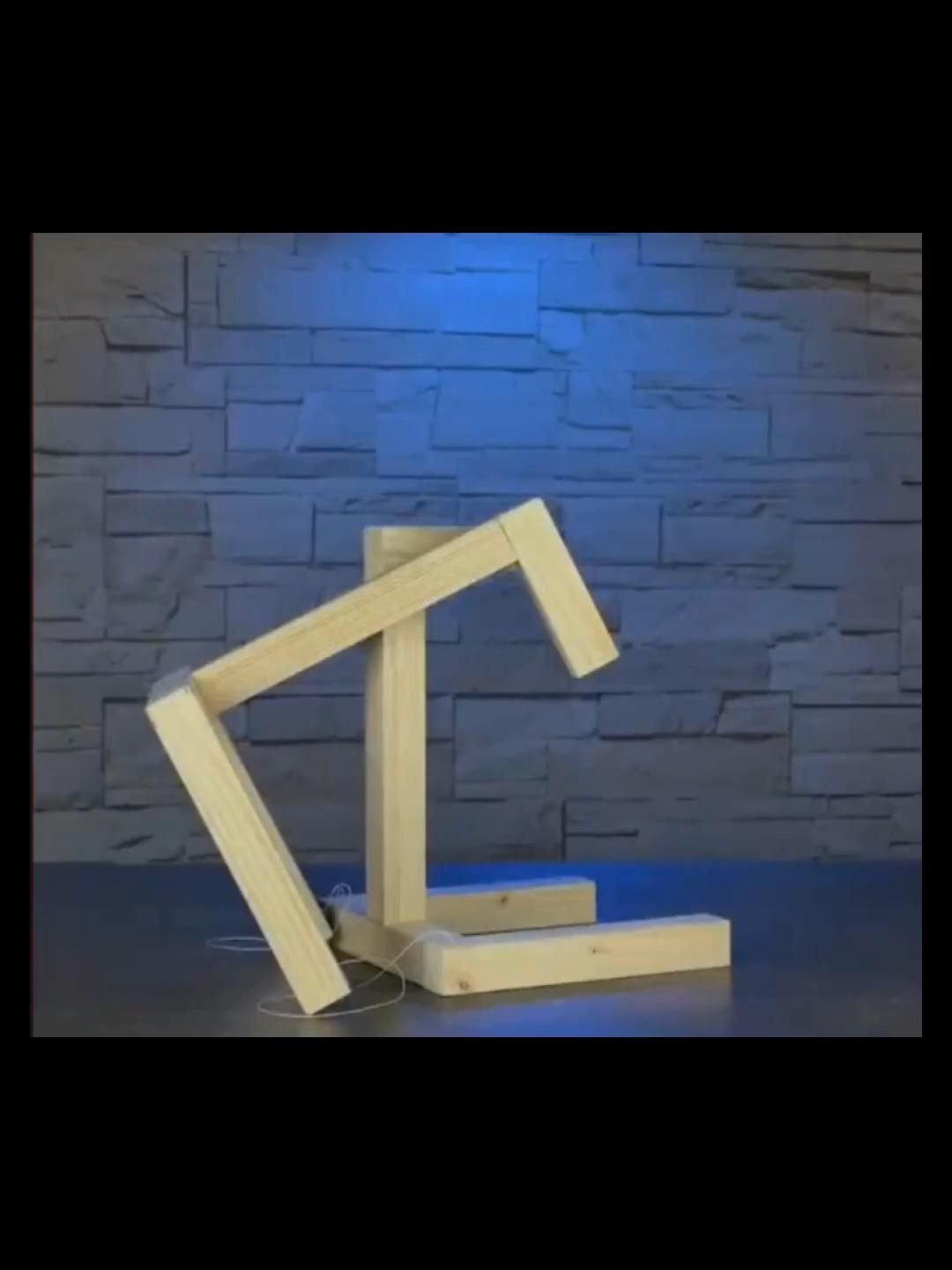Are you a woodworking enthusiast looking to improve the precision and accuracy of your projects? In this article, we will explore the ins and outs of using a digital height gauge in woodworking. From its benefits to choosing the right one for your projects and step-by-step guides, we’ve got you covered on how to use a digital height gauge effectively.
Woodworkers understand the importance of precise measurements in creating high-quality, professional-looking pieces. A digital height gauge is a valuable tool that can significantly enhance the accuracy of your woodworking projects. Whether you are a beginner or an experienced woodworker, incorporating a digital height gauge into your workflow can take your craftsmanship to the next level.
In this comprehensive guide, we will delve into the various aspects of using a digital height gauge in woodworking, including its benefits, selecting the right one for your specific needs, setting up and calibrating it, as well as practical tips and techniques for accurate measurements. So, if you’re ready to elevate your woodworking game, read on to learn everything you need to know about using a digital height gauge effectively in your projects.
Benefits of Using a Digital Height Gauge in Woodworking
Using a digital height gauge in woodworking can offer a wide range of benefits, making it an essential tool for any woodworker. Here are some of the key advantages of using a digital height gauge in your woodworking projects:
1. Accuracy: One of the most significant benefits of using a digital height gauge in woodworking is the high level of accuracy it provides. With precise measurements, you can ensure that your wood pieces are cut or shaped to the exact dimensions required for your project.
2. Efficiency: A digital height gauge can significantly increase the efficiency of your woodworking process. By providing quick and accurate measurements, you can save time on the setup and calibration of your tools, allowing you to focus more on the actual woodworking tasks at hand.
3. Versatility: Digital height gauges come with various features and capabilities that make them incredibly versatile for different woodworking applications. Whether you need to measure the depth of a cut, set up a router table, or ensure consistent heights across multiple pieces, a digital height gauge can adapt to meet your specific needs.
Incorporating a digital height gauge into your woodworking arsenal can enhance the quality and precision of your projects while streamlining your workflow. In the next section, we will explore how to choose the right digital height gauge for your unique woodworking needs and preferences.
Choosing the Right Digital Height Gauge for Your Woodworking Projects
When it comes to choosing the right digital height gauge for your woodworking projects, there are a few key factors to consider. Here are some important points to keep in mind when selecting the best tool for your needs:
1. Accuracy: One of the most crucial aspects of a digital height gauge is its accuracy. Look for a gauge that provides precise measurements to ensure the quality and precision of your woodworking projects.
2. Resolution: Consider the resolution of the digital height gauge, which determines how finely the measurement can be read. A higher resolution will allow for more detailed and accurate measurements, especially for intricate woodworking tasks.
3. Durability: Since woodworking can sometimes involve heavy-duty use of tools, it’s essential to choose a digital height gauge that is durable and capable of withstanding the demands of your projects.
4. Additional Features: Some digital height gauges come with extra features such as data output options, built-in memory, or compatibility with other measuring devices. These additional features can enhance the functionality and convenience of using the gauge in your woodworking tasks.
5. Price: While cost should not be the sole determining factor, it’s important to consider your budget when choosing a digital height gauge for woodworking. Look for a balance between price and features to find the best option for your specific needs.
By considering these factors when selecting a digital height gauge for your woodworking projects, you can ensure that you have the right tool to support accurate and precise measurements in your craft.
- Accuracy
- Resolution
- Durability
- Additional Features
- Price
Setting Up and Calibrating Your Digital Height Gauge
Assembling Your Digital Height Gauge
Before you can begin the calibration process, you’ll need to assemble your digital height gauge according to the manufacturer’s instructions. This typically involves attaching any included accessories, installing the batteries, and powering on the device. Make sure to carefully read the user manual to ensure that you’re setting up the gauge correctly.
Calibrating Your Digital Height Gauge
Once your gauge is assembled and powered on, it’s time to calibrate it for accurate measurements. Most digital height gauges come with a built-in calibration feature that allows you to zero out the measurement at any point along its range. To begin calibration, place the gauge on a flat, stable surface and press the zero button or follow the specific calibration instructions provided by the manufacturer.
Verifying Calibration Accuracy
After calibrating your digital height gauge, it’s a good practice to verify its accuracy using a known measurement reference. This can be done by measuring a standard object with a known height or length, such as a precision block or ruler. If there is any deviation from the expected measurement, recalibration may be necessary. It’s important to regularly check and recalibrate your digital height gauge to ensure consistent accuracy in your woodworking projects.
By following these steps for setting up and calibrating your digital height gauge, you can ensure that it is ready for use in your woodworking projects. Accurate measurements are crucial for achieving high-quality results, making this process an essential part of incorporating a digital height gauge into your workflow.
Step-by-Step Guide to Using a Digital Height Gauge for Accurate Measurements
When it comes to woodworking, precision is key. That’s why understanding how to use a digital height gauge in woodworking is essential for accurate measurements. Whether you’re working on a DIY project at home or in a professional woodworking shop, a digital height gauge can help you achieve the perfect cuts, joints, and dimensions for your creations.
To begin using a digital height gauge in woodworking, the first step is to ensure that the device is properly set up and calibrated. This involves zeroing out the gauge and making sure that it is reading measurements accurately. Once your digital height gauge is ready to go, you can start using it to take precise measurements for your woodworking projects.
One of the main benefits of using a digital height gauge in woodworking is its ability to provide accurate and repeatable measurements. This means that you can trust the measurements you take with the gauge, resulting in fewer mistakes and wasted materials. Additionally, a digital height gauge allows for quick and easy measurement taking, saving time and effort in the workshop. By following a few simple steps, you can make the most of this useful tool in your woodworking endeavors.
| Benefits | Details |
|---|---|
| Accurate Measurements | A digital height gauge provides precise and repeatable measurements for woodworking projects. |
| Time-Saving | The quick and easy measurement-taking process of a digital height gauge saves time in the workshop. |
Tips and Techniques for Using a Digital Height Gauge in Woodworking
Proper Positioning and Placement
When using a digital height gauge in woodworking, it is important to ensure that the tool is positioned and placed correctly. The base of the gauge should be sitting firmly on the surface of the workpiece, and the measuring arm should be perpendicular to the surface. This will help ensure accurate and precise measurements.
Using the Zero Function
One useful technique when using a digital height gauge is utilizing the zero function. Before taking any measurements, it is important to zero out the gauge at the reference point on the workpiece. This allows for relative measurements to be taken accurately, especially when working with multiple heights or depths within a project.
Measuring With Precision
To get the most out of your digital height gauge in woodworking, it is crucial to use it with precision. Take your time when setting up and adjusting the gauge, ensuring that it is perfectly aligned before making any measurements. Additionally, make sure that you are using a fine-tipped measuring arm if your project requires high accuracy.
By following these tips and techniques, woodworkers can maximize the benefits of using a digital height gauge in their projects. Whether measuring for joinery, checking for consistent thickness, or ensuring precise cuts, incorporating this tool into your woodworking workflow can greatly enhance your precision and efficiency.
Common Mistakes to Avoid When Using a Digital Height Gauge
When using a digital height gauge in woodworking, it’s important to be aware of some common mistakes that can compromise the accuracy of your measurements. By avoiding these pitfalls, you can ensure that your woodworking projects are precise and professional-looking.
One common mistake to avoid when using a digital height gauge is failing to properly calibrate the device. Calibration ensures that the gauge is measuring accurately, so neglecting this step can lead to inaccurate results. Make sure to follow the manufacturer’s instructions for calibration, and regularly check and recalibrate the gauge as needed.
Another mistake to watch out for is using the incorrect measuring surfaces with the digital height gauge. This can lead to imprecise measurements and errors in your woodworking projects. Always ensure that the measuring surfaces are clean, flat, and free from any debris or damage that could affect the accuracy of the measurements.
Lastly, it’s important to avoid applying excessive force when using a digital height gauge. Putting too much pressure on the device can cause it to malfunction or produce inaccurate readings. Instead, use gentle and consistent pressure when taking measurements to ensure reliable results.
Overall, being mindful of these common mistakes and following best practices for using a digital height gauge in woodworking will help you achieve precise and high-quality results in your projects.
| Common Mistakes | How to Avoid |
|---|---|
| Improper calibration | Follow manufacturer’s instructions, regular checks |
| Incorrect measuring surfaces | Ensure cleanliness, flatness, and absence of damage |
| Excessive force | Apply gentle and consistent pressure |
Incorporating a Digital Height Gauge Into Your Woodworking Workflow
Once you have selected and set up your digital height gauge for woodworking, it is important to understand how to effectively incorporate it into your woodworking workflow. A digital height gauge can greatly improve the accuracy and efficiency of your woodworking projects, but only if used properly.
One of the key ways to incorporate a digital height gauge into your woodworking workflow is by using it for precise measurements during the setup and adjustment of your woodworking tools. For example, when setting up a table saw or router table, you can use the digital height gauge to ensure that the blade or bit is set at the exact desired height. This level of precision can make a significant difference in the final outcome of your projects.
In addition to tool setup, a digital height gauge can also be used for measuring stock thickness and making consistent cuts across multiple pieces of wood. By incorporating the digital height gauge into these crucial steps of your woodworking process, you can achieve greater uniformity and accuracy in your finished products. Whether you are working on cabinetry, furniture, or other woodworking projects, having a reliable tool for precise measurements can elevate the quality of your work significantly.
Furthermore, as you become more comfortable with using a digital height gauge in your woodworking projects, you may find new opportunities to integrate its use into other aspects of your workflow. From ensuring consistent joinery to accurately aligning components during assembly, there are many creative ways to incorporate this valuable tool into your woodworking process for improved craftsmanship and efficiency.
Understanding how to use a digital height gauge in these various applications can take time and practice, but the investment in learning will undoubtedly enhance the overall quality of your work.
Conclusion and Final Thoughts on Using a Digital Height Gauge in Woodworking
In conclusion, incorporating a digital height gauge into your woodworking process can greatly improve the accuracy and precision of your measurements. By using a digital height gauge, woodworkers can ensure that their projects are cut to the exact specifications required, resulting in professional and high-quality work. The benefits of using a digital height gauge include the ability to make quick and precise measurements, reducing human error, and increasing overall efficiency in the workshop.
When choosing a digital height gauge for woodworking projects, it is important to consider factors such as accuracy, versatility, and ease of use. By selecting the right digital height gauge for your specific needs, you can ensure that it will meet all of your measurement requirements and be a valuable tool in your workshop.
Setting up and calibrating a digital height gauge is crucial for accurate measurements. Following the step-by-step guide provided in this article will help woodworkers to properly set up and calibrate their digital height gauge for optimal performance.
Additionally, by following the tips and techniques outlined here, woodworkers can avoid common mistakes when using a digital height gauge and seamlessly incorporate it into their woodworking workflow. Overall, learning how to use a digital height gauge in woodworking can elevate the quality of your projects while saving time and effort in the process.
Frequently Asked Questions
How Do You Use a Digital Height Gauge?
Using a digital height gauge involves first ensuring that the device is properly calibrated. Then, set the zero point by gently lowering the probe until it barely touches the surface. Finally, take measurements by raising or lowering the probe to the desired height and reading the result on the digital display.
How Accurate Is a Digital Height Gauge?
The accuracy of a digital height gauge can vary depending on its quality and calibration. However, in general, most digital height gauges are accurate to within 0.001 inches or 0.02 millimeters, which makes them suitable for precise measurements in various industries such as manufacturing and engineering.
What Must Be Done Before Using a Height Gauge?
Before using a height gauge, it is crucial to make sure that it is clean and free from any debris that could affect its accuracy. Additionally, checking that the battery is charged (if applicable) and ensuring that the device is properly calibrated are essential steps to take before using a height gauge for accurate measurements.

Hi everyone! I’m a woodworker and blogger, and this is my woodworking blog. In my blog, I share tips and tricks for woodworkers of all skill levels, as well as project ideas that you can try yourself.





